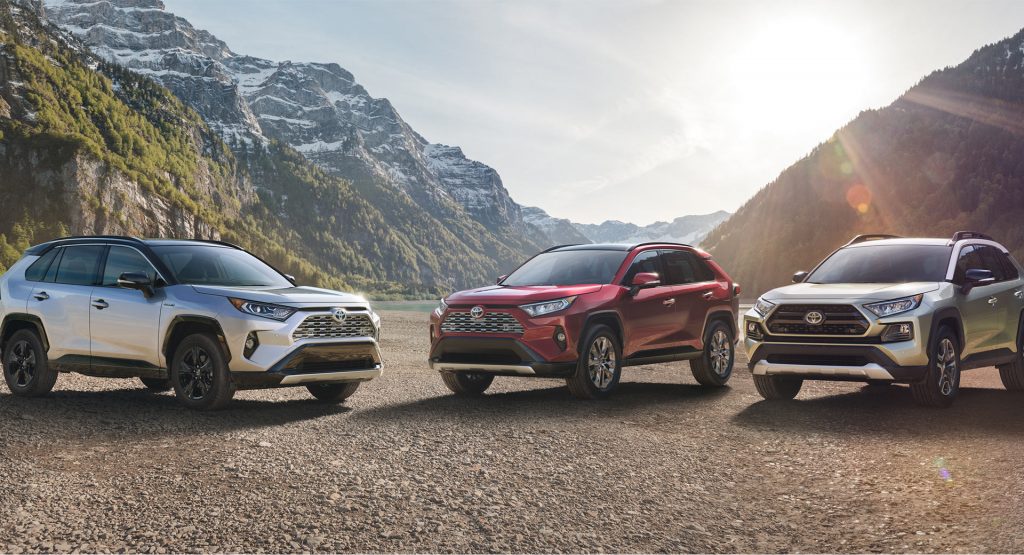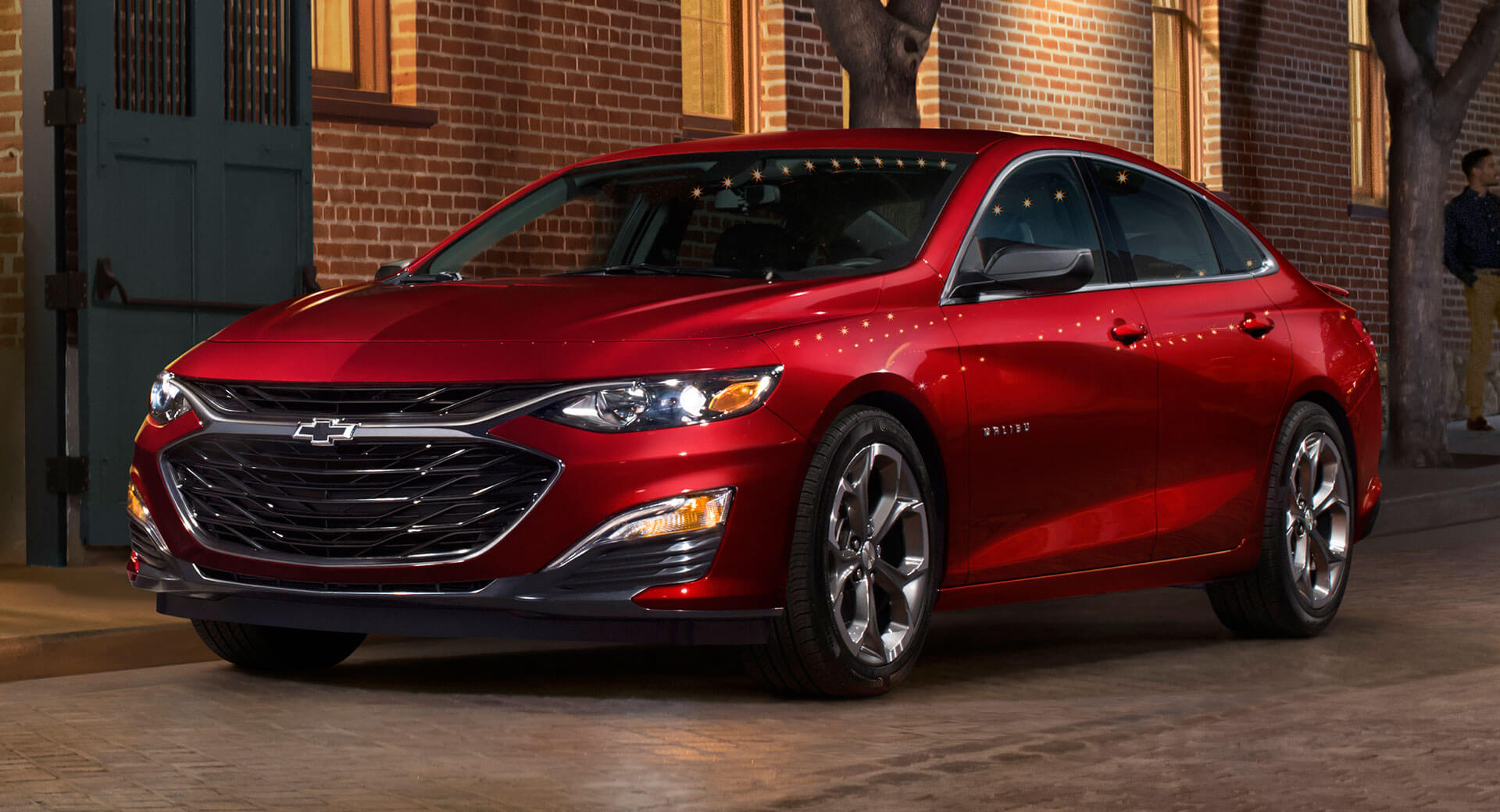Automakers offer a dizzying array of options, but that’s not necessarily a good thing.
Speaking with Wards Auto, J.D. Power’s Doug Betts explained the industry so-called “unicorn” problem.
As Betts noted, 13.6 million vehicles were sold to retail customers in 2019. Excluding color, they were available in more than 600,000 unique configurations. That’s an insane amount of variation and he said it averages to “22 cars sold per unique configuration for all of 2019.”
Also Read: Customization Is Exploding In Popularity And Automakers Are Loving It
He considers any vehicle configured, with a certain group of options, that sells less than 50 units annually to be unicorns. Betts said automakers build a lot of unicorns, but they sit on dealer lots and probably aren’t worth building in the first place.
While he didn’t go into specifics, he cited one model where “88% of its configurations sell fewer than 50 units each, and these configurations account only for 25% of its total sales.” To make matters even worse, the mystery model typically sits on dealer lots for more than 80 days and brings in less than a $100 of “front-profit” to dealer – excluding financing and aftermarket accessories which might by purchased by the buyer.
Unsurprisingly, pickups offer the most configurations as they’re offered with multiple engines and wheelbases as well as two- and four-wheel drive. That’s even before you get to the countless options that can turn a work vehicle into a luxury pickup approaching the six-figure mark. All told, pickups offer more than 70,000 unique configurations.
Since unicorns are configured so specifically, they tend to get overlooked by shoppers. As a result, they often sit around until they’re discounted enough to find a buyer. This obviously eats into profits and Betts noted more than 61% of unicorns perform worse than average for their model.
As an example of how crazy things can get, let’s take a look the Chevrolet Malibu. The model is offered with two engines and five different trims. Selecting the LT variant means customers can choose from four different upholstery options, 12 different packages and more than a dozen standalone options. While there’s some overlap, it gives you an idea of how many configurations there are on a relatively mainstream vehicle that isn’t known for extensive customization.











